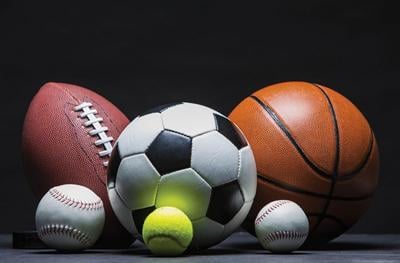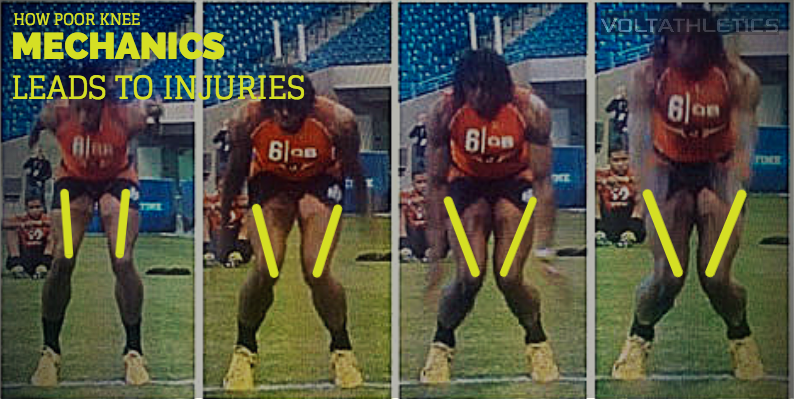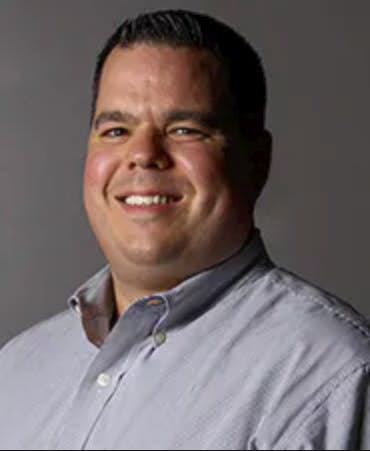How did it become the end of summer already?! I feel like it was a couple of weeks ago we just started feeling that warm summer air hit and watch as our kids enjoyed baseball, softball, and swimming.

Nevertheless here we sit, ready to embark on the upcoming fall season of sports. I’m sure many parents have been clamoring for months to schedule their young athletes’ required sports physical with their pediatrician. This is an important screen to ensure that there are no underlying lung, heart, or internal conditions which would put them at risk for problems on the field.
But lets ask an important question here: Why are we not looking at our young athletes’ orthopedic health? Typically, it is not a breathing issue that sidelines our athletes. Sprained ankles, pulled hamstrings, or shoulder tendinitis lead to the highest rates of games missed. Never mind the risk for the dreaded ACL or rotator cuff tear.
What if I told you that we have the ability, right now, to predict the risk of injury in advance? Our team here at Amity Physical Therapy has created a comprehensive screening tool to allow us to look at novice and advanced athletes’ orthopedic health. This Orthopedic Screen creates a score which tells us any areas of concern and gives us a road map to improving on the athletes’ dysfunction BEFORE they get hurt.
The requirements for high-level performance varies from sport to sport and position to position. A short stop and a cross country runner are going to have very different orthopedic and functional needs for their sport. Hence, the types of injuries sustained will generally be different. More importantly though, the typical weaknesses, movement limitations, and muscle hyper dominance will vary greatly.

Leading into the fall season, we have Soccer, Football, and Cross Country seasons staring right at us. Are our young athletes ready? We have seen them on the field practicing, maybe doing speed classes on the weekends or weight training to build muscle. Their quads and shoulders are getting stronger and they feel more ready to go than ever. Will that stop their ACL from rupturing when they push off to change direction? How do you know that sprained ankle from camp isn’t limiting the Quarterback’s throwing motion and putting him at a higher risk for tendinitis in his throwing shoulder?
These are the sorts of questions that no preseason sports physical is currently answering. You can go across the sports spectrum and see some of the highest level athletes performing with some mechanics that will make me cringe. For some, it works. For most, it’s a ticking time bomb.
Look no further than the case of RGIII. Robert Griffin III was setting the NFL on fire his rookie season as the #2 overall pick of the Washington Commanders. That was of course until he ruptured his ACL. While he recovered and played again, he was never the same dynamic QB he was during his rookie season. And based on the picture below, we can clearly see what led him down the injury pathway.

This photo was from his time at the NFL combine. Observe the way his knees dive inward. This puts a valgus (inward) force on the knees changing the “Q Angle” (the angle at which the up and lower bones of the leg align). The valgus force, especially when jumping or sprinting, puts substantially more force on the ACL and MCL.
In retrospect, RGIII was lucky. He went to Baylor and played elite Division 1 NCCA Football. He was the #2 overall pick and an elite starter in the NFL and signed a lucrative contract. All this before his mechanics lead to a catastrophic injury.
While we all know the odds of a young athlete getting an athletic scholarship are slim and making it to a professional level are almost as long as hitting the lottery, who wants to see our kids hurt? Injured? Missing out on the sports and activities they pour their heart and soul into?
Times have changed, and its time we change the way we look at youth sports physicals as the marker for an athlete’s readiness to compete. We as Physical Therapists have the skill sets and the abilities to root out potential injuries before they derail a season. All injuries are not preventable, but most are with the right support and foresight.

In the event that an injury does occur, there is no need to wait on your pediatrician or orthopedist to see your athlete first. You can see your trusted PT to expertly evaluate and begin acute treatment safely and effectively. Unnecessary diagnostic imaging is not only more costly, but also delays treatment during a critical time to restore mobility, decrease pain, and get your athlete back on the field.

Kyle Branday, MSPT, is a licensed Physical Therapist and is the supervisor of the Woodbridge office. He is a graduate of Quinnipiac University where he earned his Master’s degree in Physical Therapy. In addition, Kyle has also received a certificate of completion from the Institute of Advanced Musculoskeletal Treatment in Dry Needling. Kyle enjoys treating patients with a wide range of orthopedic and neurological conditions.
Kyle has extensive training in the diagnosis and treatment of acute and chronic orthopedic and sports injuries, neurological rehabilitation, manual therapy, sports-specific training, Selective Functional Movement Assessment (SFMA) and works with patients ranging from pediatrics to geriatrics. Kyle is an avid sports fan and works with our patients in our Sports Performance Programs.
For more information check out www.amitypt.com
Tags:
- amity
- Athletics
- Baseball
- Cross Country
- Fitness
- Football
- Injury Prevention
- Lacrosse
- Movement
- orthopedic screen
- Performance
- physical therapy
- Preseason Screen
- PT
- Soccer
- Softball
- Sports Performance
- Sports Physical
- Sports Screen
- Swimming
- Track
- Wellness


